I’ve spent a fair amount of time with Retrospec’s e-bikes over the years, their Chatham Rev Plus cruiser and the Valen Rev Plus moped-style bike both impressed me with solid builds and smart pricing. They’ve carved out a decent reputation for casual riding and fun, affordable e-bikes that don’t pretend to be something they’re not.
So when they announced they were getting into cargo bikes, I was curious how that would play out. The cargo e-bike market is absolutely flooded right now, with everyone from legacy brands to startups trying to convince families they need one. Fair enough, cargo bikes make sense for a lot of people trying to reduce car dependency without spending another $40,000 on a vehicle.
Retrospec launched two models in their Roo Rev line. I recently tested the XL version with its extended longtail frame, and now I’m looking at the standard Roo Rev, the more compact short-tail version. At $1,899, it comes in a hundred bucks cheaper than the XL and offers a different riding experience focused more on agility and everyday hauling rather than maximum cargo capacity.
The question isn’t whether Retrospec can build a cargo bike, they clearly can. The question is whether this shorter, nimbler version hits the right balance for riders who want cargo capability without the bulk of a full longtail setup. Let’s dig into what the standard Roo Rev actually delivers for your two grand.
My Experience Riding The Retrospec Roo Rev E-Bike
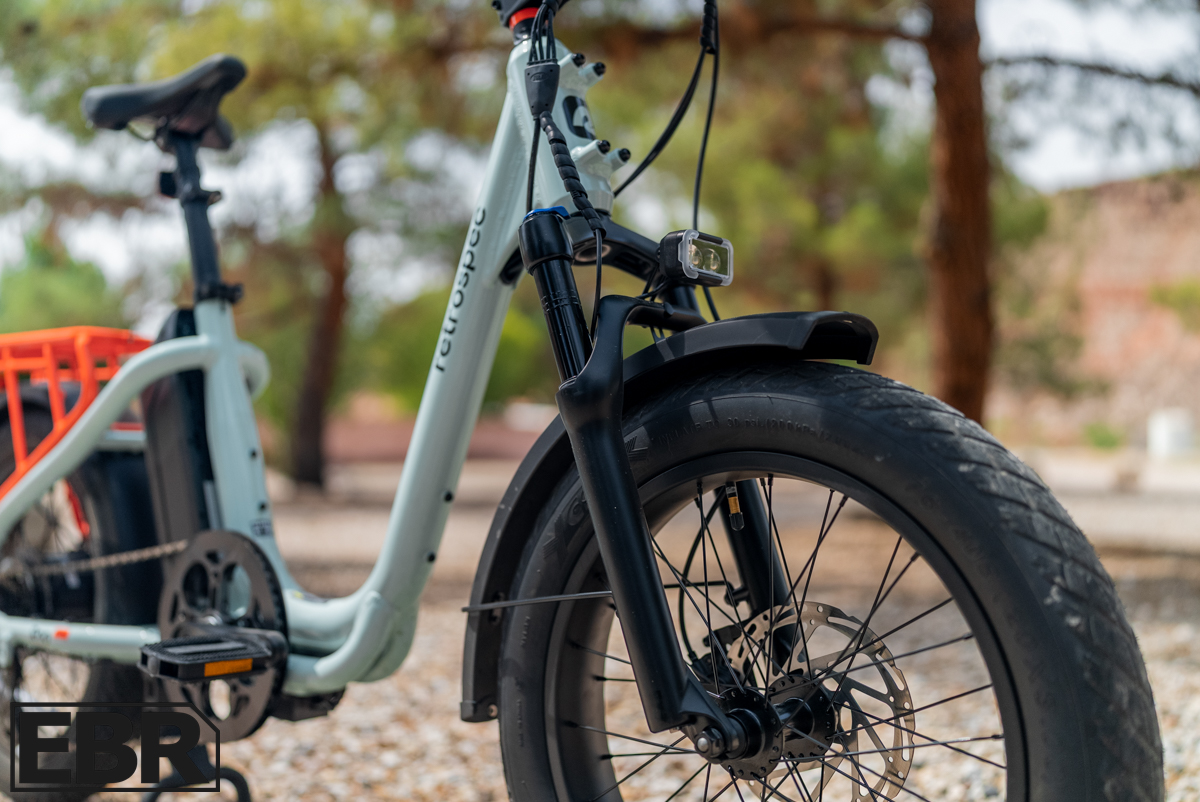
Since I just finished testing the Roo Rev XL, I was immediately curious how different the standard version would feel. On paper, the specs are nearly identical, same motor, battery, and components. In practice, the shorter wheelbase and more compact rear rack change the entire character of the bike.
Retrospec offers the standard Roo Rev in the same two colors as the XL, I tested it in matte graphite this time, which has a more understated look compared to the mint green XL I reviewed. Both colors work well and should age gracefully without looking dated in a few years.
The frame uses the same one-size-fits-most approach, accommodating riders between 5′ 5″ and 6’5″. At 5′ 11″, I found the fit comfortable with room to adjust the telescoping seatpost and handlebar position to dial things in. The upright riding position feels natural for a cargo bike designed around utility rather than speed.
What struck me immediately was how much more maneuverable this shorter version feels compared to the XL. You can whip it around corners without thinking too hard about your turning radius, and threading through traffic or navigating bike racks is notably easier. The trade-off is less cargo space on the rear rack, but for someone doing grocery runs or commuting with a backpack and some panniers, the 60-pound rack capacity is plenty.
The frame feels just as solid and stiff as the XL version, no flex or sketchy handling even when accelerating hard or taking corners with some weight on the back. I’d credit the hydroformed aluminum construction and smart engineering for keeping everything feeling planted. I didn’t push it to the full 400-pound weight limit, but normal everyday loads felt completely stable and confidence-inspiring.
Comfort is covered well between the wide 3-inch tires, the front suspension fork, and that plush DDK saddle. I found the bike comfortable for my typical 45-minute to hour-long rides around town. The fat tires let you run lower pressure for a cushier ride, and the suspension fork does a good job smoothing out potholes and rough pavement without feeling overly soft or bouncy.
The motor performance is identical to what I experienced on the XL, peppy, responsive, and surprisingly strong for 85 Nm of torque. Hills don’t slow you down much, and acceleration from stops is confident even with cargo on board. The torque sensor adds a level of refinement you don’t get with basic cadence sensors, modulating power based on how hard you’re actually working rather than just detecting pedal rotation.
One thing I appreciated again was how quiet everything runs. The motor hums along without the high-pitched whine some hub motors make, the tires roll smoothly without excessive noise, and there were no rattles or creaks during my testing. It’s a subtle thing, but it makes for a more pleasant riding experience when you’re not announcing your presence from a block away.
Bottom line, this shorter Roo Rev trades maximum cargo volume for everyday maneuverability while keeping all the power and capability. If you’re not regularly hauling multiple kids or massive loads, the more compact package might actually suit you better than the longer XL version.
Range
Estimated Range (from Retrospec):
Real World Range Test Results:
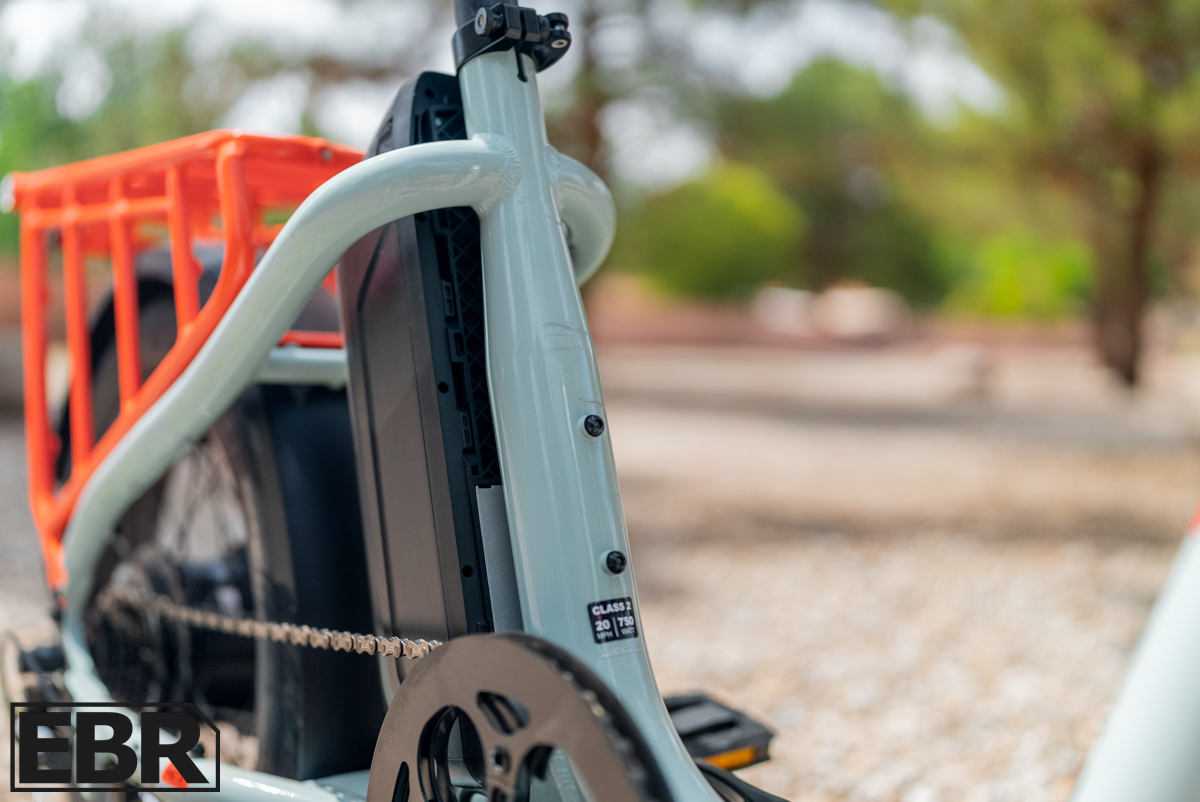
Retrospec makes the same 75-mile range claim for the standard Roo Rev as they do for the XL, which makes sense given they use identical 700Wh battery packs and the same motor system. I ran my standard range tests to see how the numbers shook out in real-world conditions.
My conservative range test kept things in PAS 1, maintained steady speeds without hammering the throttle, and stuck to relatively flat terrain when possible. Under these optimal conditions, I squeezed out 62 miles before the battery finally died. That’s actually within striking distance of Retrospec’s 75-mile claim and genuinely useful range for a cargo bike at this price point.
For the aggressive test, I cranked it up to PAS 4, tackled every hill I could find, and didn’t hesitate to use the throttle when I wanted it. This more demanding riding style delivered 43 miles of range. Still respectable for a cargo bike, especially considering I was pushing the motor harder and actively trying to drain the battery faster.
Most riders will land somewhere in the middle depending on how much they pedal versus relying on motor assistance, what kind of terrain they’re covering, and how much weight they’re hauling around. Even if you assume the lower 43-mile number as your baseline, that should cover a week’s worth of typical errands and commutes before needing to recharge. The fact that both my test results came reasonably close to Retrospec’s advertised range suggests they’re being honest about what this 700Wh pack can deliver rather than inflating numbers for marketing purposes.
Power (Motor & Battery)
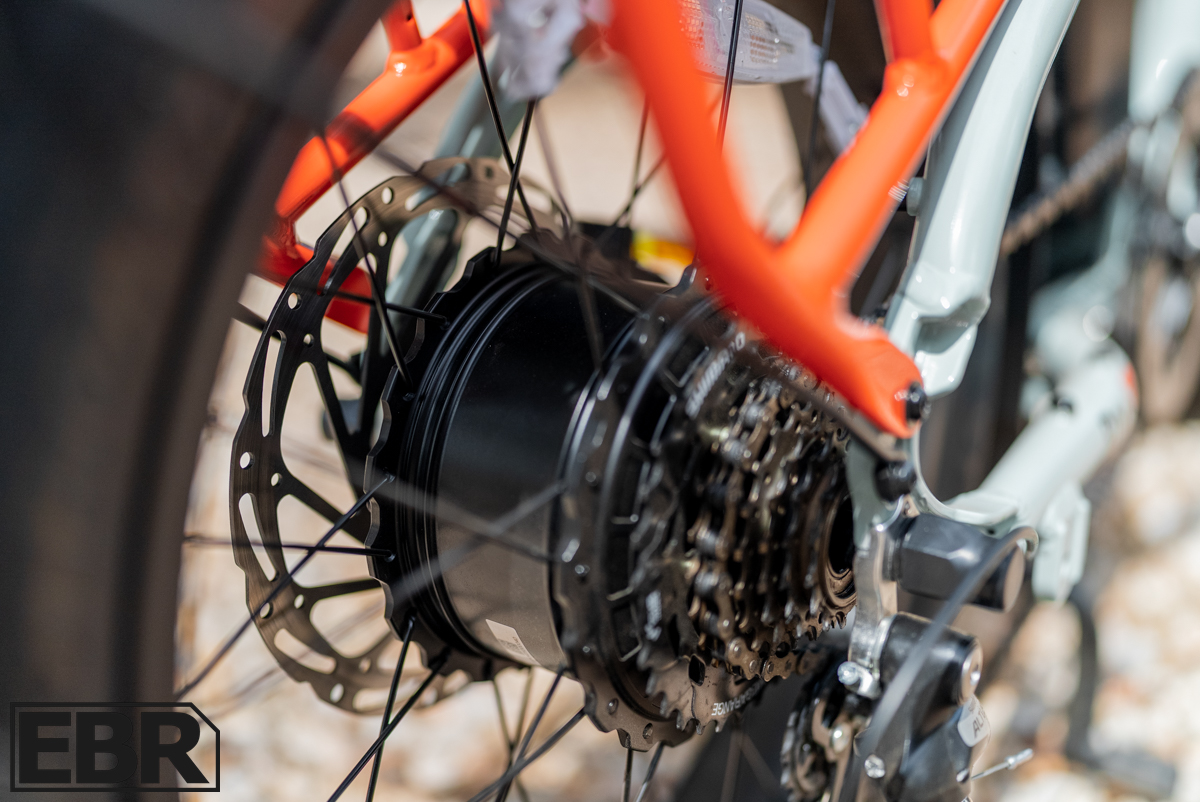
The Roo Rev runs the same drivetrain setup as its bigger XL sibling, a 750W rear hub motor that can peak at 1,150W when you need extra grunt. With 85 Nm of torque on tap, it’s got enough muscle to handle cargo bike duties without feeling underpowered or struggling on hills.
The real advantage here is the torque sensor doing the work behind the scenes. Unlike cheaper cadence sensors that just detect whether you’re pedaling, the torque sensor actually measures how much force you’re putting into the pedals and adjusts motor assistance to match your effort. When you’re hauling cargo or climbing a hill and really leaning into the pedals, the bike responds with more power exactly when you need it. It makes for a more natural riding experience that feels less like an on-off switch and more like the bike is working with you.
Retrospec uses their Ananda complete e-system to manage everything, giving you four levels of pedal assist plus a thumb throttle for when you don’t want to pedal at all. Having that throttle is actually pretty practical for cargo bikes, sometimes you need to get moving quickly from a dead stop without wobbling around trying to balance while pedaling up to speed. The motor responds cleanly whether you’re using pedal assist or the throttle, with smooth power delivery that doesn’t feel jerky or unpredictable.
The battery pack uses LG 21700 lithium-ion cells configured for 48 volts and 14.6 amp-hours, giving you a total of 700 watt-hours of capacity. It mounts cleanly against the seat tube where you can lock it in place with a key or pop it off quickly for charging indoors. That central battery placement helps with weight distribution and keeps the bike feeling balanced rather than front or rear-heavy.
Both the battery and the complete electrical system carry UL2271 and UL2849 certifications, which means they’ve passed third-party safety testing. For a cargo bike that might be carrying kids or expensive cargo, having that certification gives you some peace of mind that the electrical system won’t have issues under normal use and higher loads.
Components
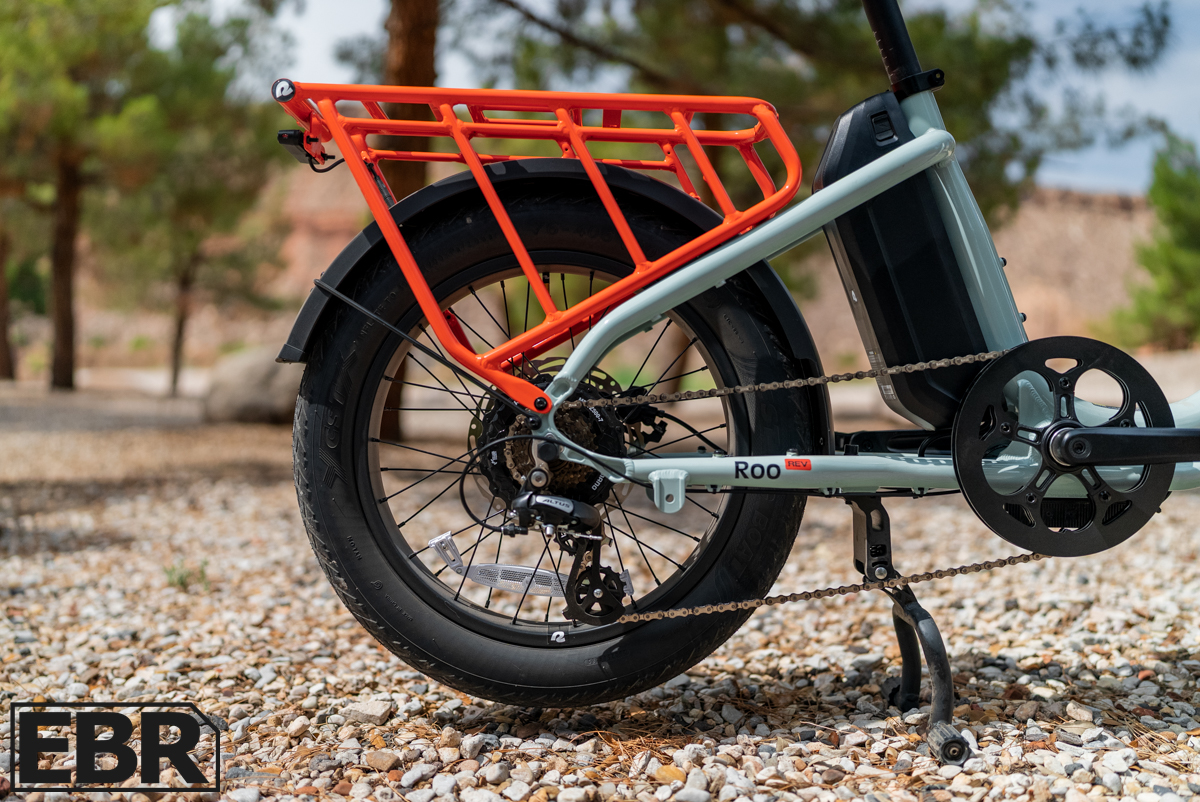
Retrospec built the Roo Rev around a hydroformed aluminum frame, which is a smart choice for keeping things lightweight while maintaining strength. The hydroforming process creates those smooth, sculpted tube shapes you see on the frame rather than using traditional round tubes with lots of welded joints. Fewer welds generally means stronger construction and cleaner lines, plus the open frame design makes it easy to access components for maintenance without dismantling half the bike.
Up front, you’ve got BMX-style alloy rise bars with that cross bar for added stiffness, important when you’re steering with cargo weight on the back. The cockpit includes Tektro brake levers with motor cutoff sensors, a 7-speed Shimano shifter, throttle control, bell, and the center-mounted TFT display. Lock-on rubber grips keep your hands comfortable and won’t rotate around when they get sweaty or wet.
The drivetrain uses Shimano’s Tourney 7-speed system with over-the-bar shifters. You get a 14-34T cassette paired with a 52T steel chainring and double chainguard to keep your pants from getting caught in the chain. Seven speeds gives you enough range to handle starts from stops and moderate hills with pedal assist backing you up, though this isn’t a drivetrain designed for serious climbing without motor help.
The wheels are 20-inch double-wall aluminum rims with 36 holes and 13-gauge spokes with brass nipples, built to handle cargo loads without taco-ing. Those 20×3-inch CST Big Boat tires with puncture protection and 60 TPI construction provide a stable platform and let you run lower pressure for comfort. The smaller 20-inch wheel size keeps the center of gravity low, which helps with stability when loaded and makes it easier to get on and off the bike.
Tektro hydraulic disc brakes handle stopping duties with an unconventional rotor setup, 180mm up front and a beefier 203mm rotor in the rear. Most bikes put the larger rotor up front since that’s where most of your braking power comes from, but Retrospec flipped it to provide more rear braking control when the bike is loaded down with cargo weight over the back wheel. Both rotors use semi-metallic pads and ebike-specific rotors designed to handle the higher speeds and weights.
The ZOOM suspension fork gives you 80mm of travel with preload adjustment and a lockout feature. It’s not a premium fork, but it does the job of absorbing bumps and rough pavement when you’ve got cargo or passengers on board. The lockout lets you firm things up for more efficient pedaling on smooth surfaces where you don’t need the suspension working.
The DDK 500GT saddle sits on an aluminum telescoping seatpost with 380-552mm of adjustment range and a quick-release clamp, making it easy to swap between different riders. The complete bike weighs in at 71 pounds with the battery installed. An aluminum twin-leg center kickstand keeps the bike stable when parked and makes loading cargo or passengers easier compared to a single-leg stand.
Screen / User Interface / App
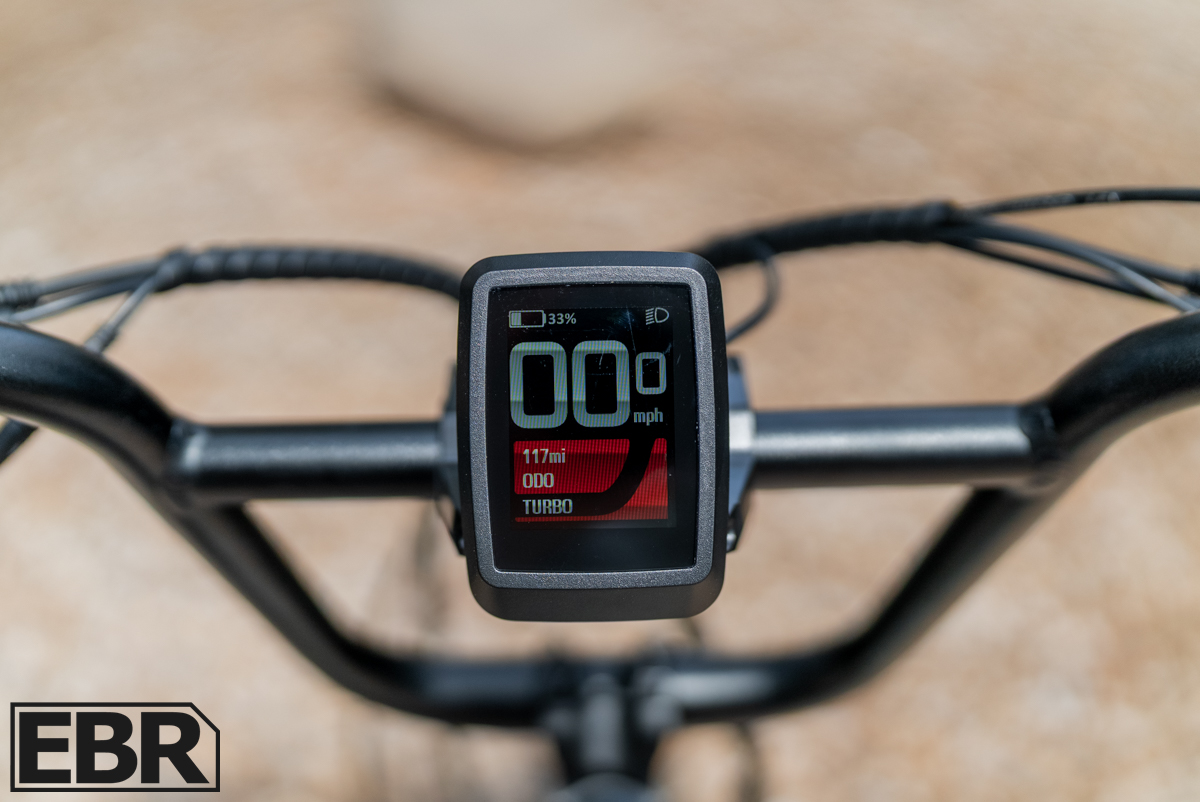
The Roo Rev uses a 2.5-inch full color TFT display as part of Retrospec’s Ananda e-system setup. It’s mounted center on the handlebars where you can glance down and see what’s happening without taking your eyes off the road for too long. The screen size hits a good balance, large enough to read clearly while riding but not so oversized that it looks silly or gets in the way.
Everything’s controlled through the handlebar-mounted buttons, throttle, lights, turn signals, pedal assist adjustments, and walk mode. The interface is straightforward without unnecessary complexity or buried menus you need to hunt through while riding. You can access advanced settings by holding the Plus and minus PAS buttons simultaneously for about 3-5 seconds if you want to adjust screen brightness, speed controls, or other features.
One practical addition is the built-in USB charging port, so you can keep your phone topped up on longer rides. For a cargo bike that might be doing grocery runs or family outings where you need your phone for navigation or staying in touch, having that charging option is legitimately useful rather than just a gimmick.
Retrospec doesn’t offer a companion smartphone app for the Roo Rev, and honestly, I don’t miss it. The on-bike display shows everything you need to know, and not having to pair another device or deal with app updates just to ride your bike keeps things simple. Some riders might want app integration for tracking rides or customizing settings, but for most people doing cargo bike duties, the built-in display handles everything just fine.
Retrospec Roo Rev Model Options
The standard Roo Rev comes in a single 17-inch frame size designed to accommodate riders from 5’5″ to 6’5″. That’s a broad range for one frame size, made possible by the telescoping seatpost with 380-552mm of adjustment range. For a cargo bike that might see multiple riders in the same household, having that flexibility is more practical than needing to buy different frame sizes for different people.
Color options are limited to two choices: Matte Graphite and Mint. Not a huge selection, but both are solid options that should look good for years without screaming “I bought this in 2025.” The Mint gives you some personality if you want to stand out, while the Matte Graphite keeps things low-key and professional.
The bike comes ready to roll with a rear cargo rack rated for 60 pounds, integrated front and rear lighting with automatic function and turn signals, full fenders, and a center kickstand. The lights tie into the bike’s electrical system so they turn on automatically when you power up the bike, and the brake light function activates when you pull the brake levers. Having turn signals front and rear is a nice safety feature that’s not standard on most cargo bikes in this price range.
Retrospec offers several add-on accessories including passenger foot pegs, Thule Yepp 2 Maxi rack-mounted child seats (the standard Roo Rev can handle one seat compared to the XL’s capacity for two), and their Rover Plus kids bike trailer in single or double configurations. There are also storage options like baskets and panniers to maximize the cargo capacity within that 60-pound rack limit.
If you need more cargo space and hauling capacity, the Roo Rev XL is available for $1,999, just $100 more than the standard version. The XL gives you a longer wheelbase, extended rear deck, and a cargo rack rated for 119 pounds instead of 60. Both bikes share the same 400-pound total payload capacity, motor, battery, and core components. The difference comes down to whether you prioritize maneuverability and compact storage (standard Roo Rev) or maximum cargo volume and the ability to haul multiple kids (Roo Rev XL).
Is The Retrospec Roo Rev Worth Buying?
The standard Roo Rev delivers on the core promise of a capable cargo bike without unnecessary complexity or inflated pricing. The 750W motor with torque sensor provides smooth, responsive power that handles hills and cargo loads without feeling strained. The build quality feels solid with no flexing or sketchy handling, and the hydraulic brakes provide confident stopping power even when loaded. The integrated lighting with turn signals and brake lights adds genuine safety value at this price point. At $1,899, it’s priced competitively for what you’re getting.
The over-the-bar shifters work but feel less refined than trigger shifters, and having only two color options limits your choices. The one-size-fits-most approach works for the majority of riders but doesn’t offer the perfect fit some people might want from multiple frame sizes. And like most cargo bikes, you’re not going to want to ride this thing for hours on end without motor assistance.
If you’re looking to handle everyday cargo needs, grocery runs, commuting with gear, occasional passenger duty, without the bulk of a full longtail cargo bike, the standard Roo Rev makes sense. It’s particularly well-suited for riders who want cargo capability in a more maneuverable package that’s easier to store and navigate through tight spaces. Retrospec has built a straightforward, capable cargo bike that should handle typical family duties without the premium pricing some cargo bikes command.
Pros
- The shorter wheelbase makes this way easier to maneuver through traffic and tight spaces compared to full longtail cargo bikes
- That torque sensor setup means the motor responds to your actual pedaling effort instead of just dumping power randomly
- The 700Wh battery with quality LG cells gets you legitimately close to the 75-mile claim, and you can charge it on or off the bike
- Integrated lighting with turn signals and brake lights actually improves visibility, especially important when you’re hauling cargo or kids
- Works with Thule Yepp child seats if you want to bring a kid along safely
Cons
- For a bike that fits riders up to 6’ 5”, I’d love to see some vertical stem adjustment to help with getting fit dialed-in.
- Those Shimano over-the-bar shifters feel clunky and less intuitive compared to trigger shifters you’d find on slightly pricier bikes

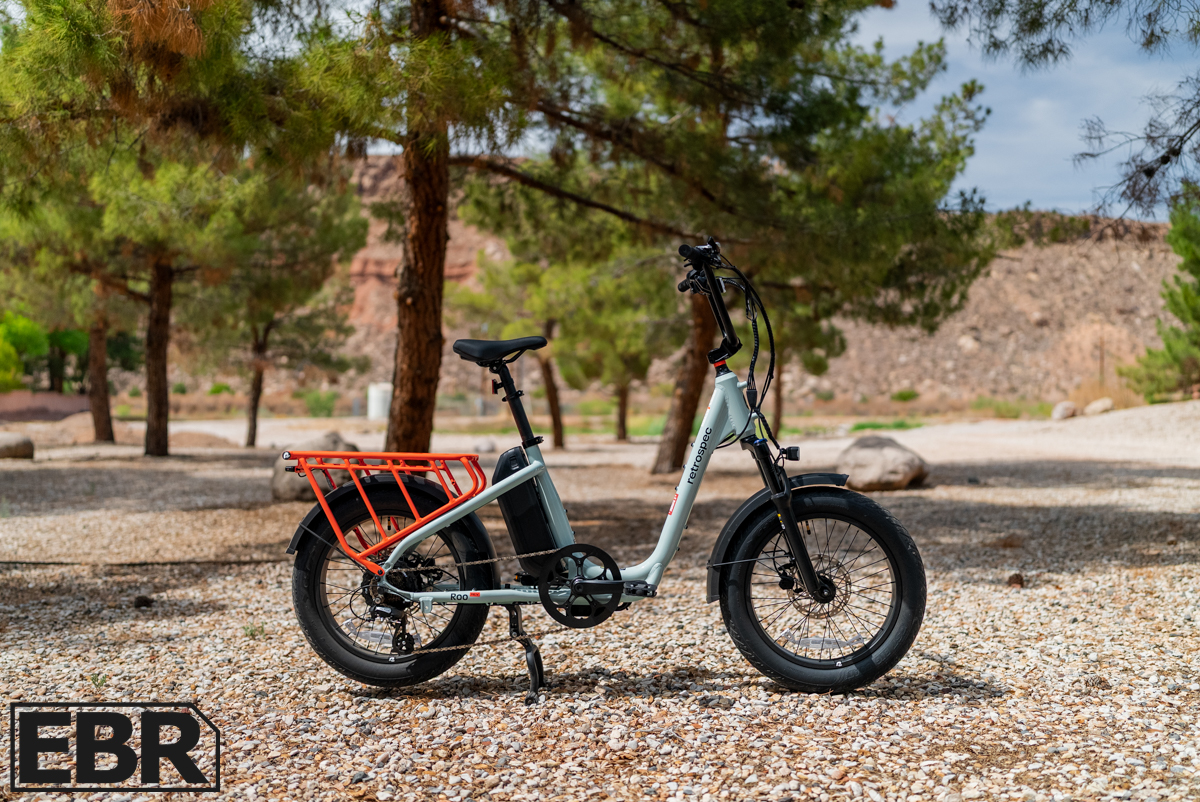
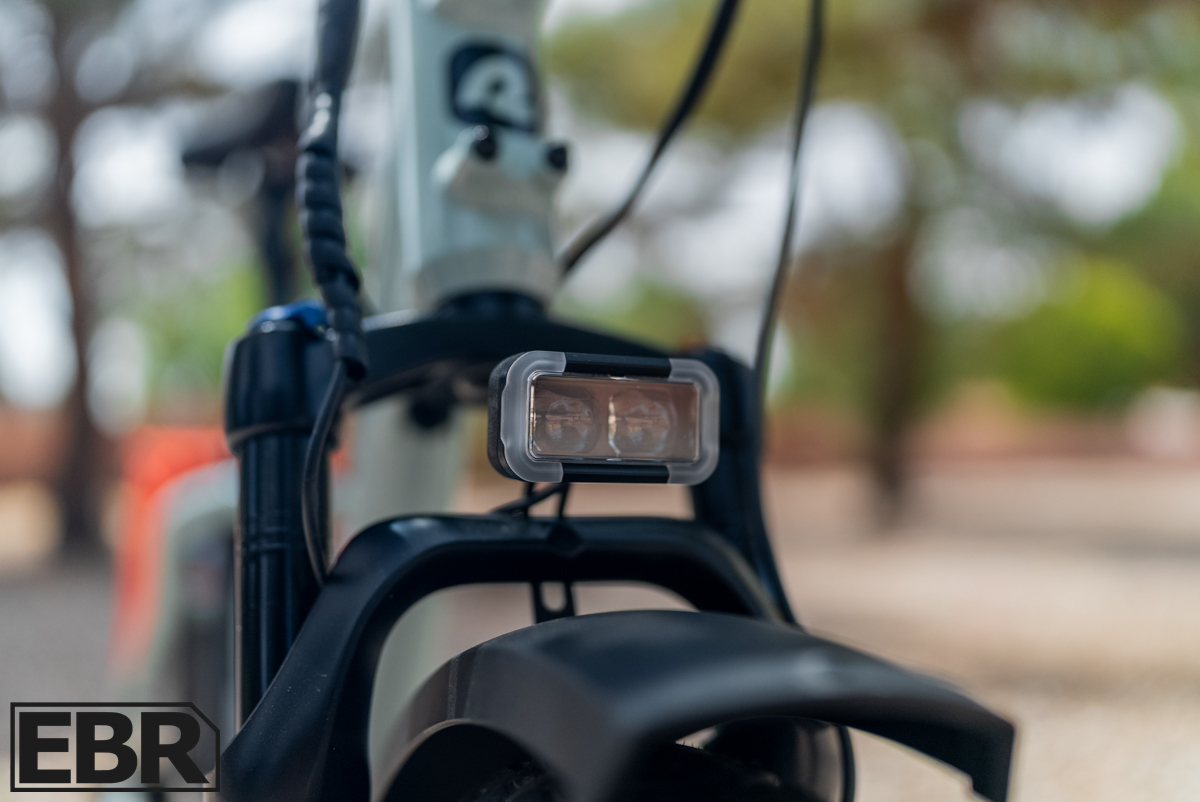
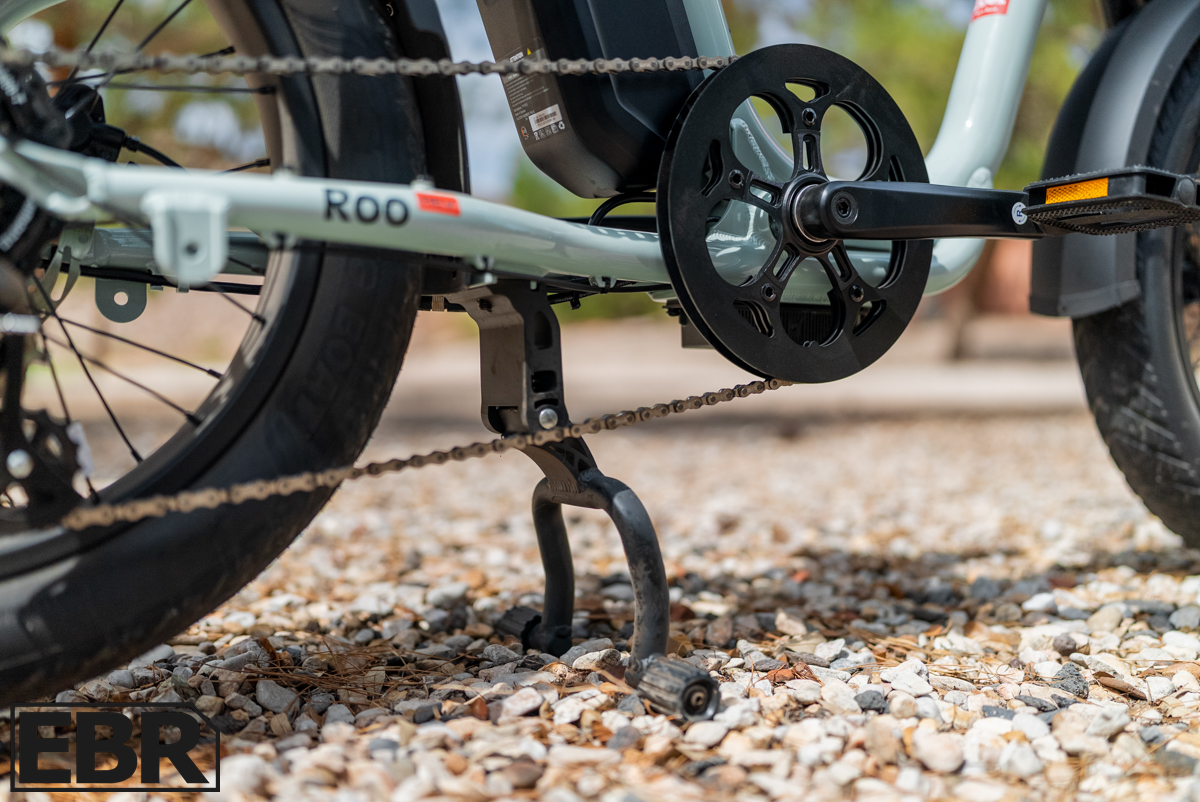
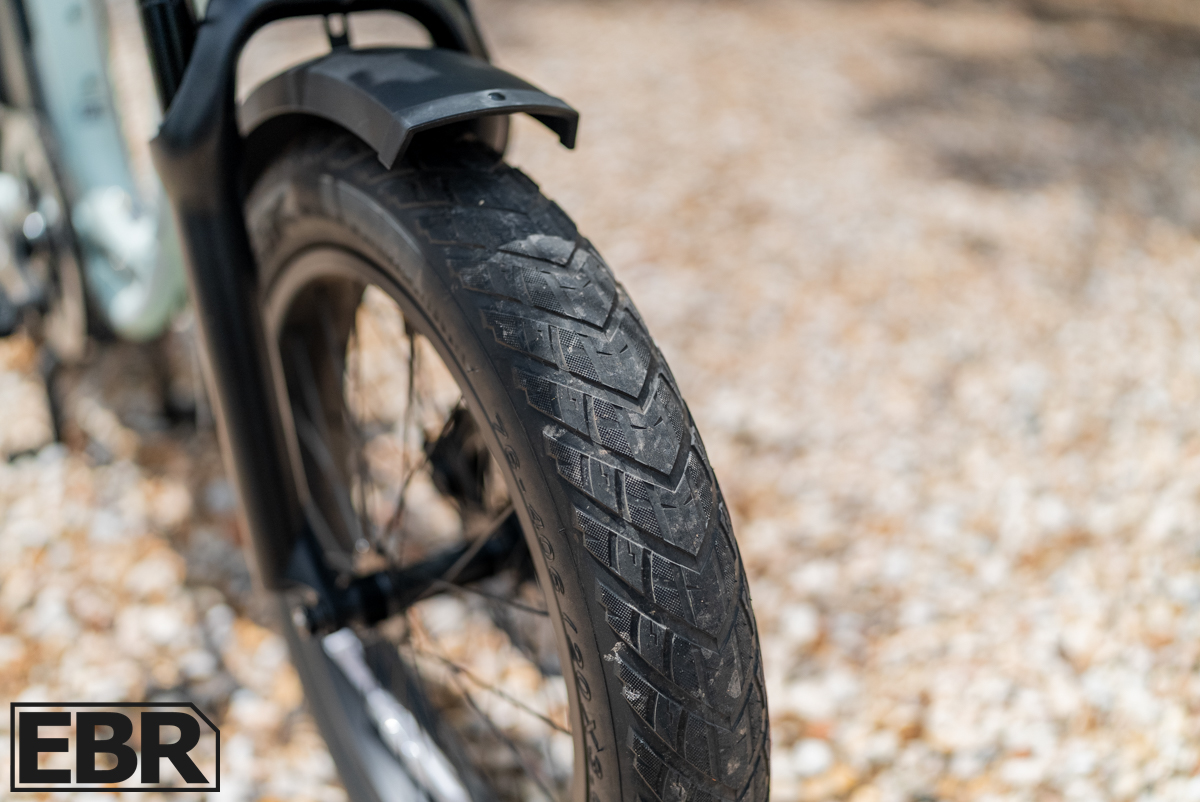
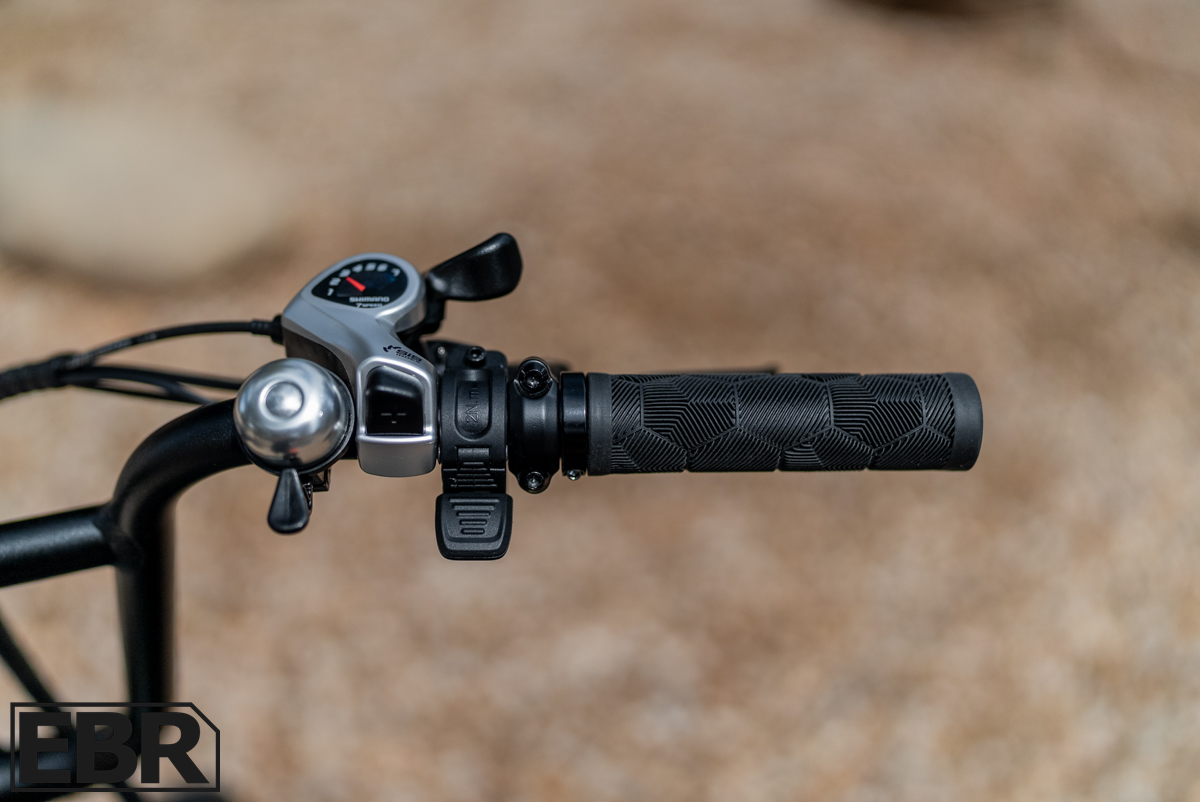
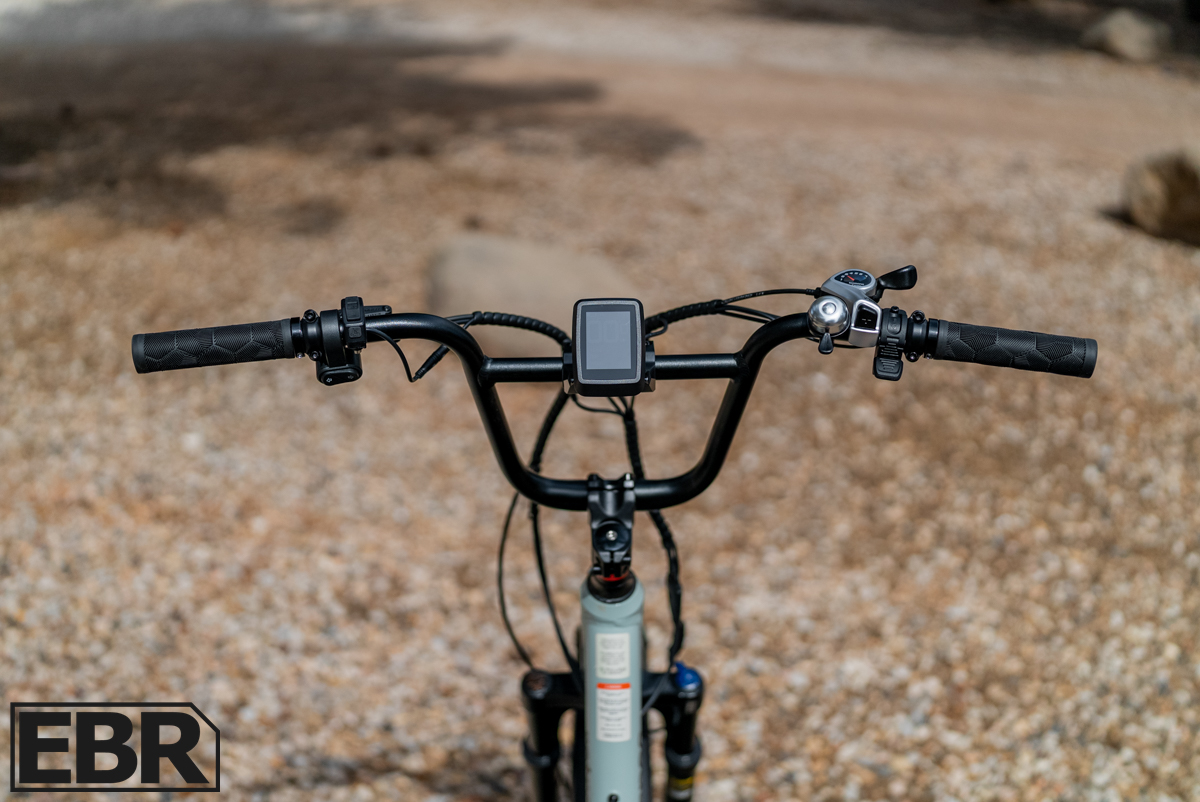

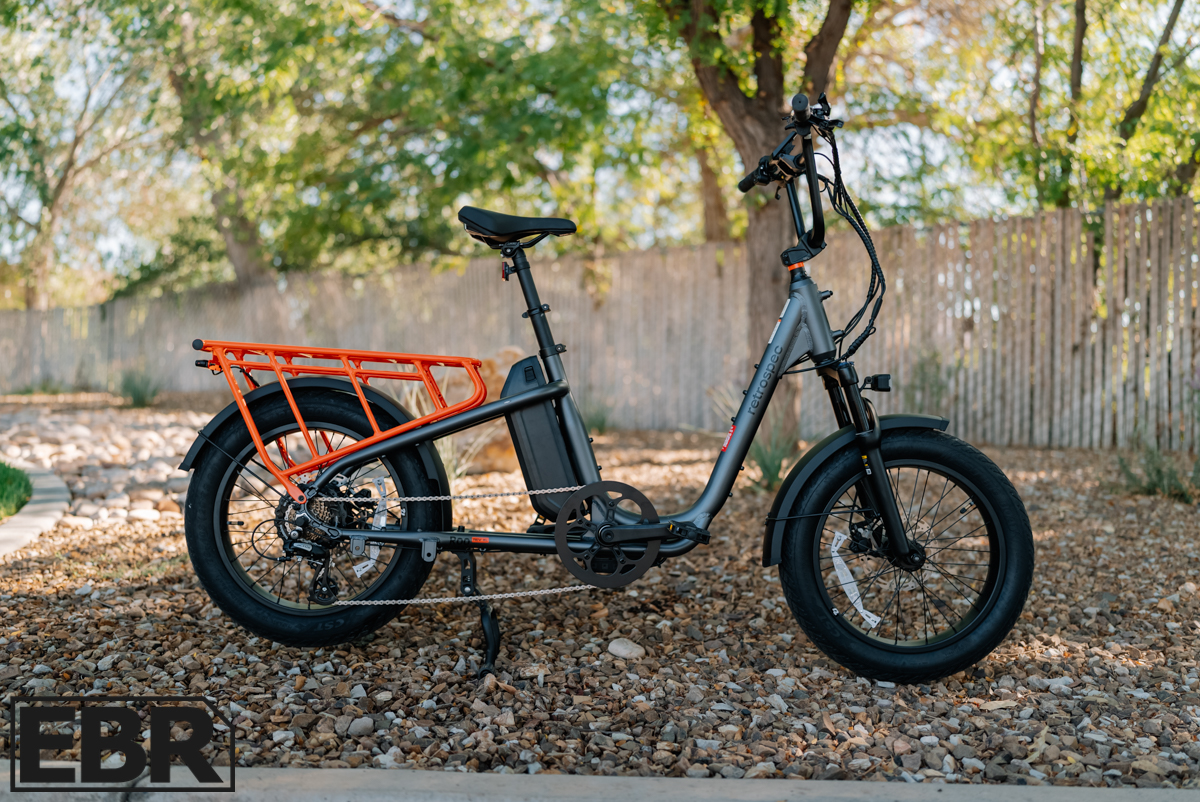
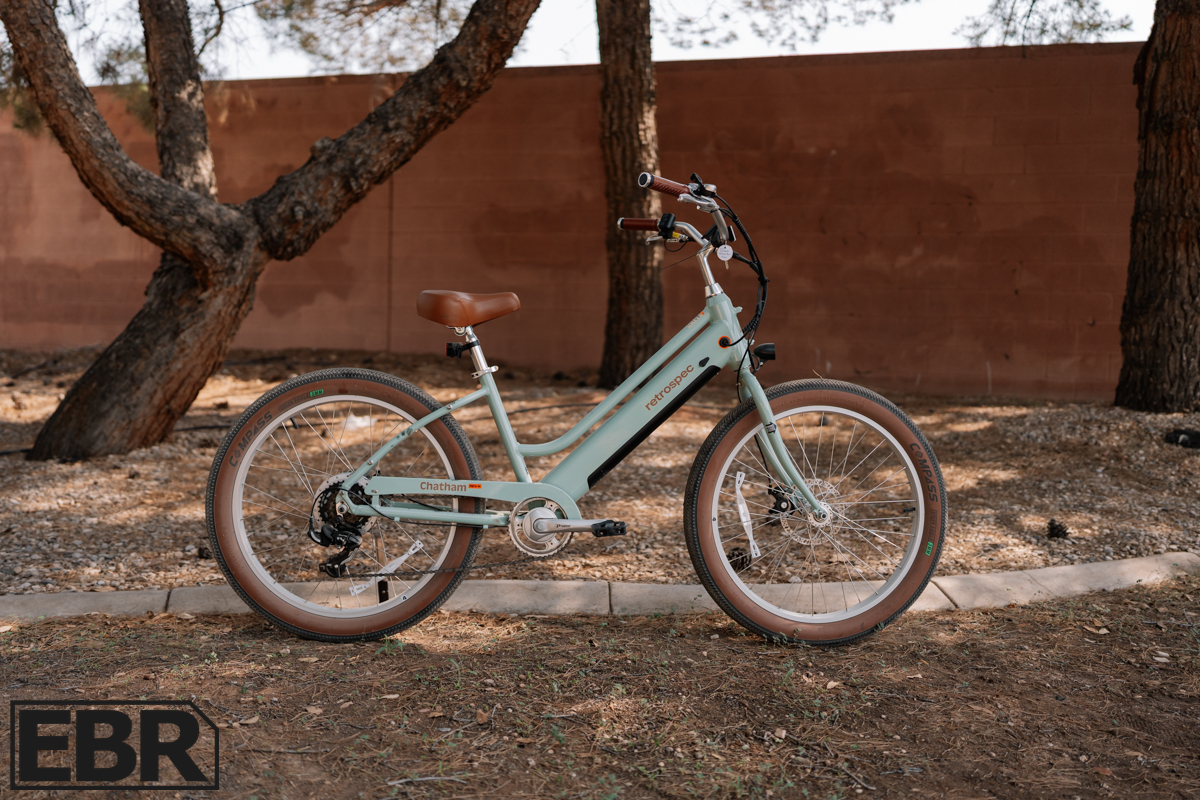
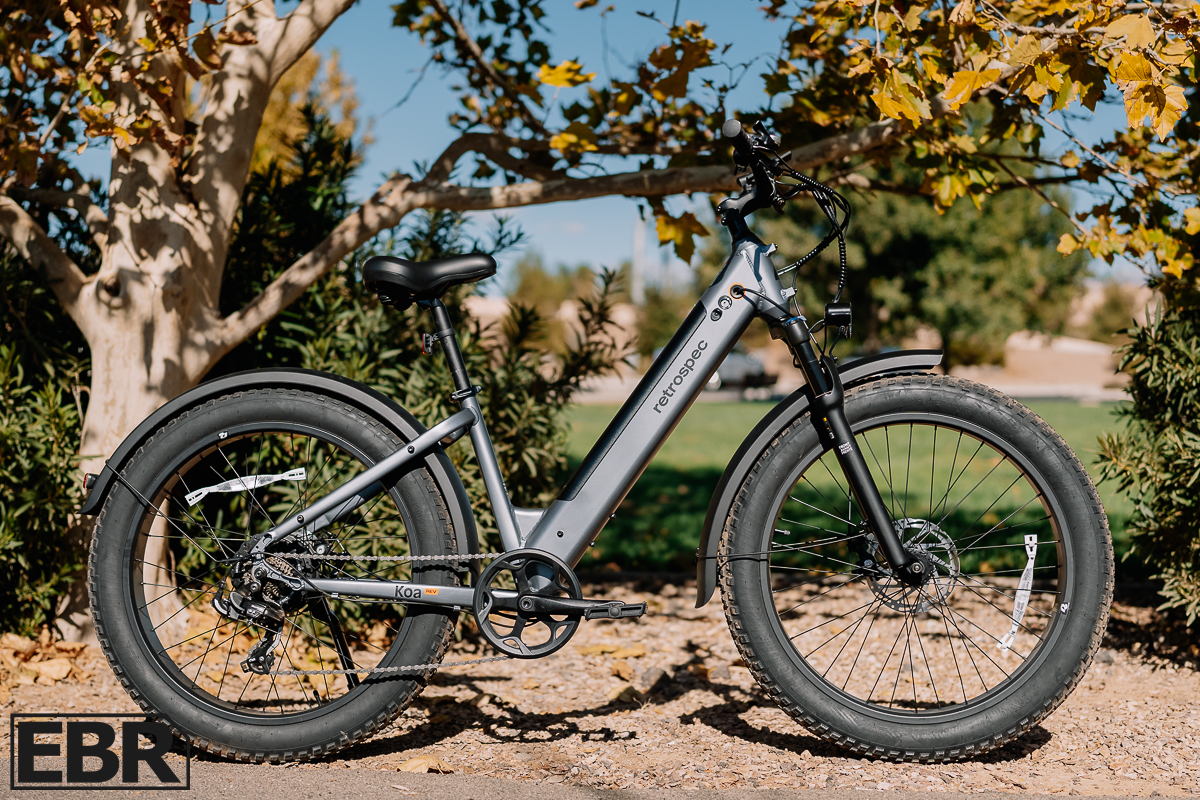
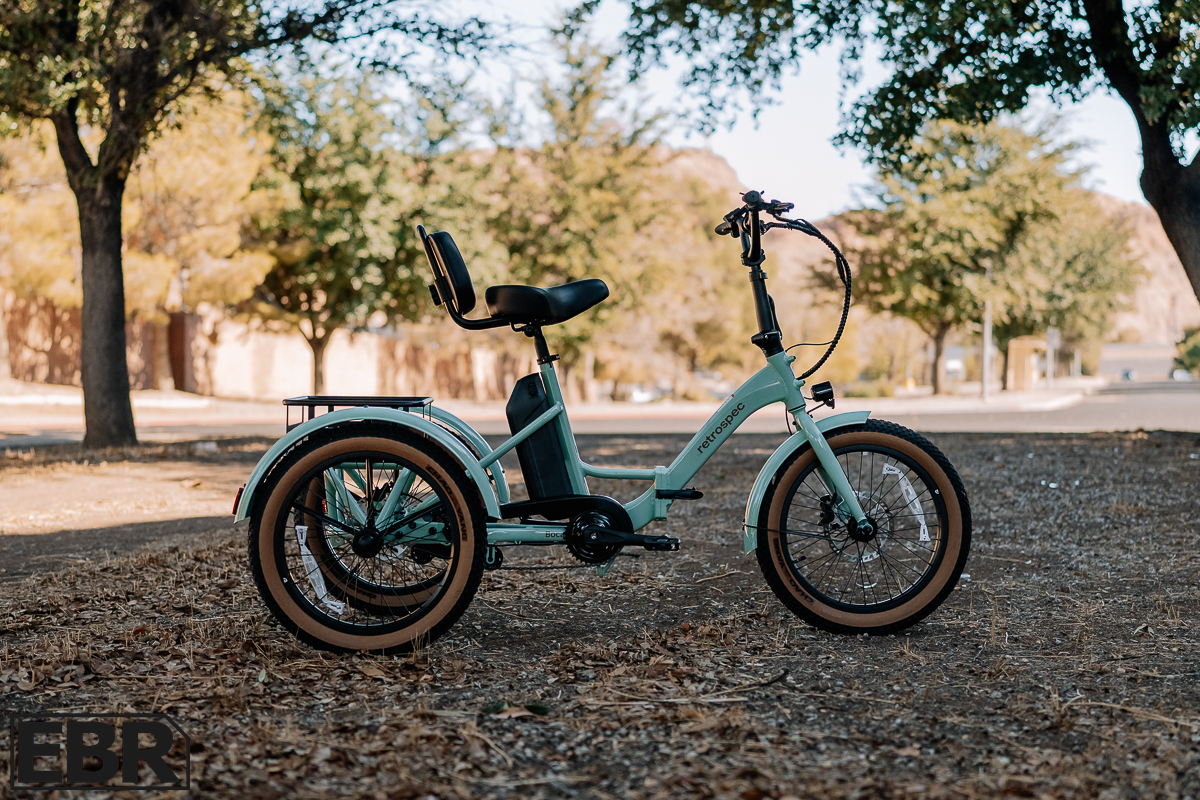
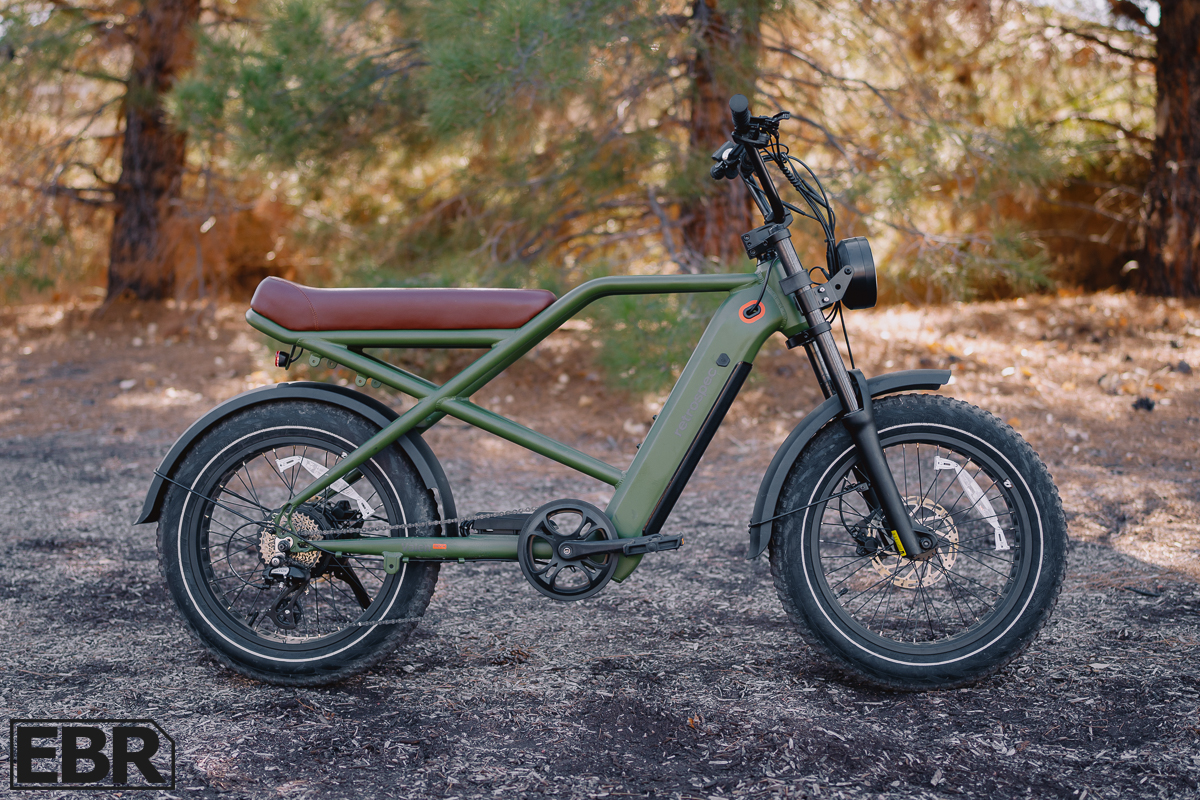
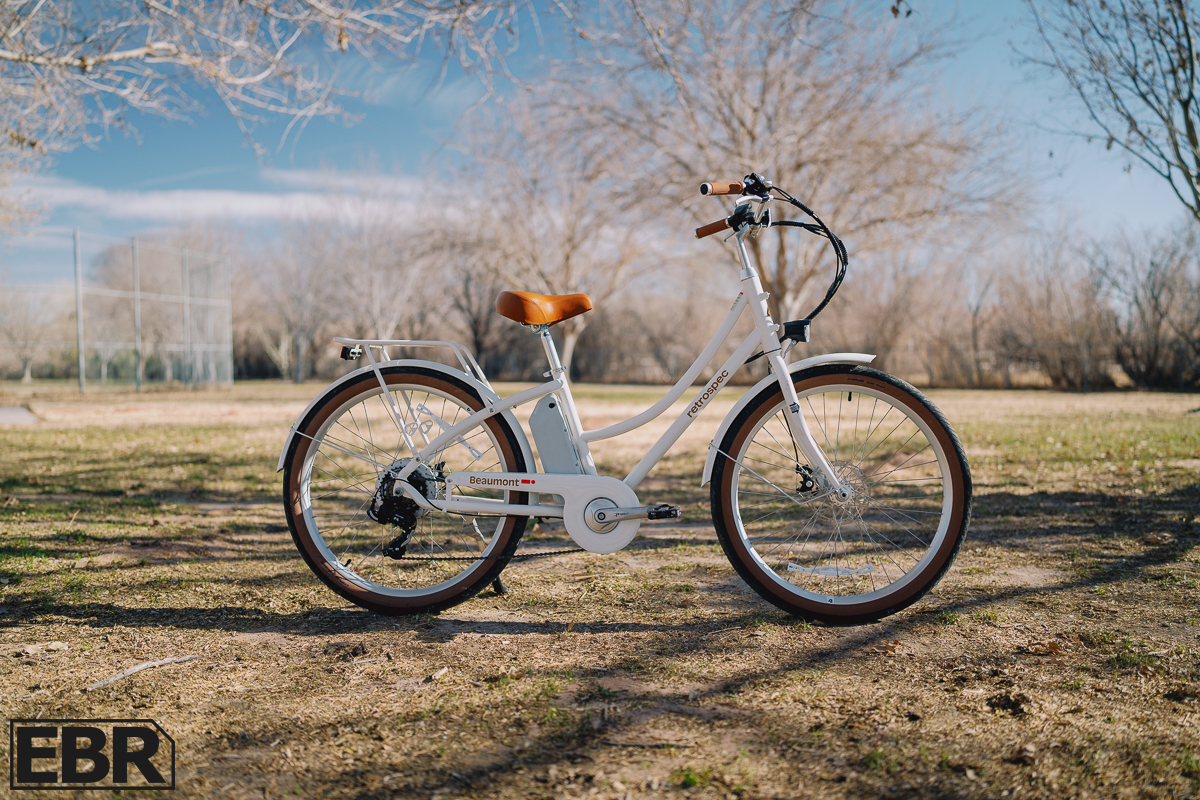
Reader Interactions